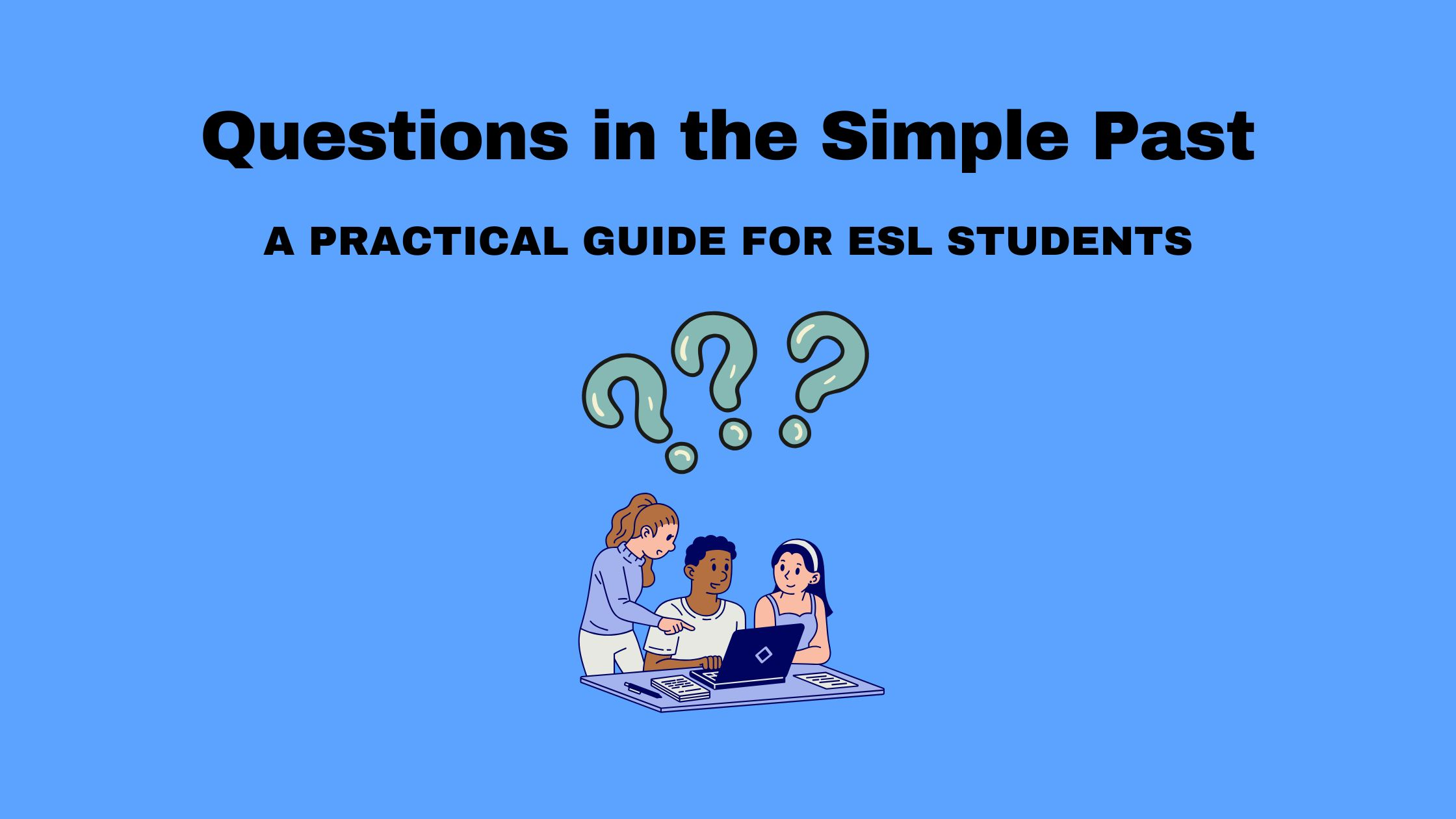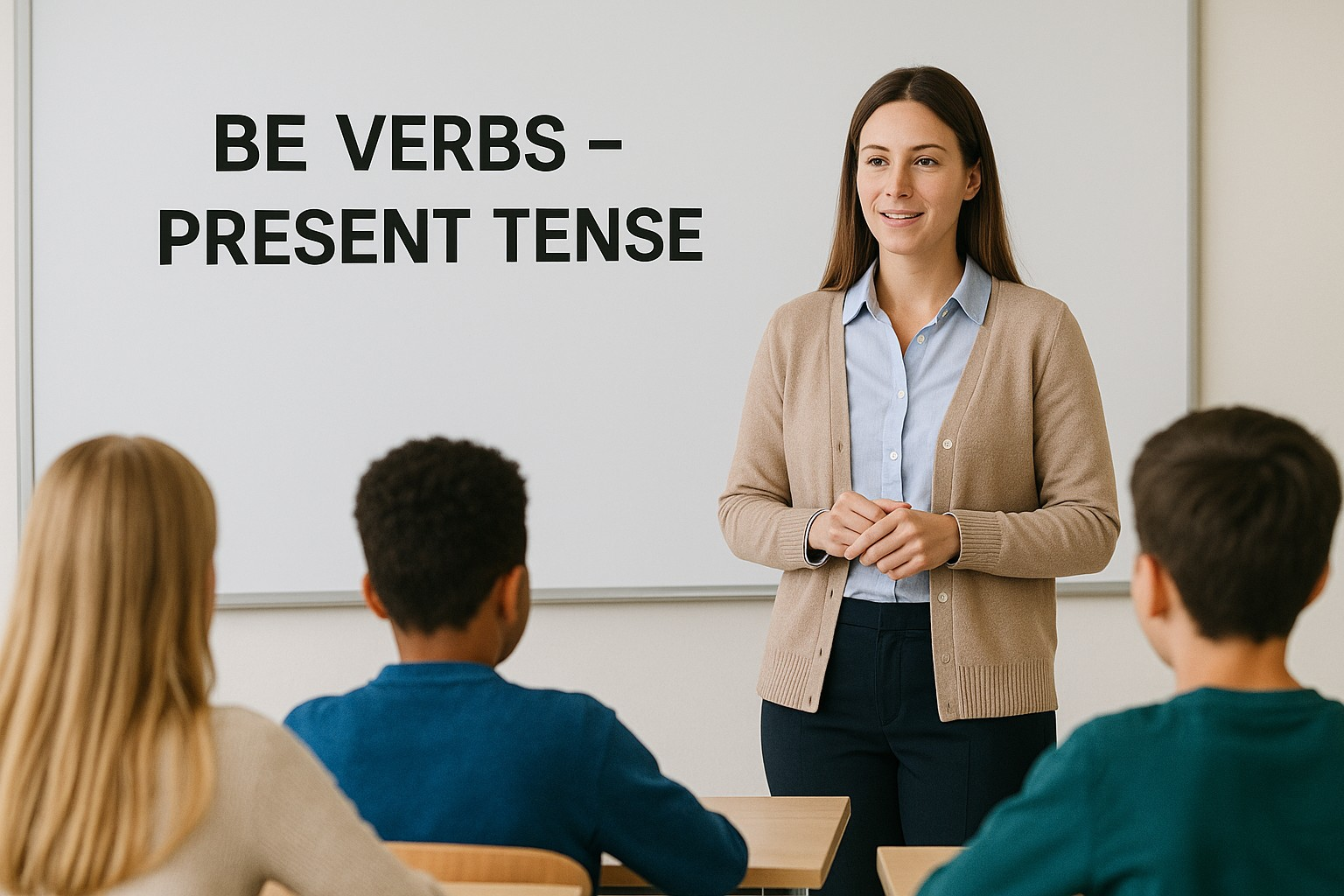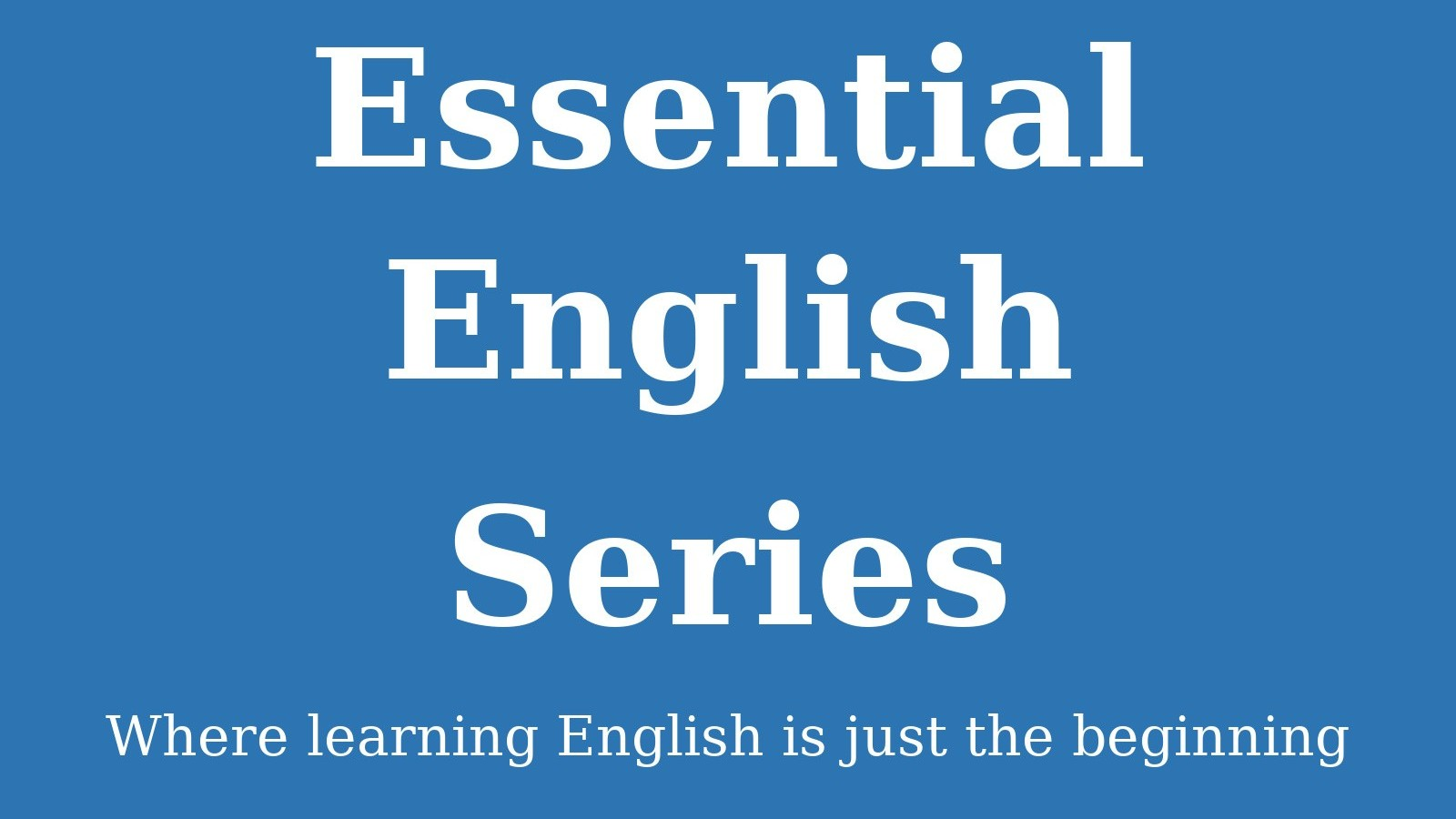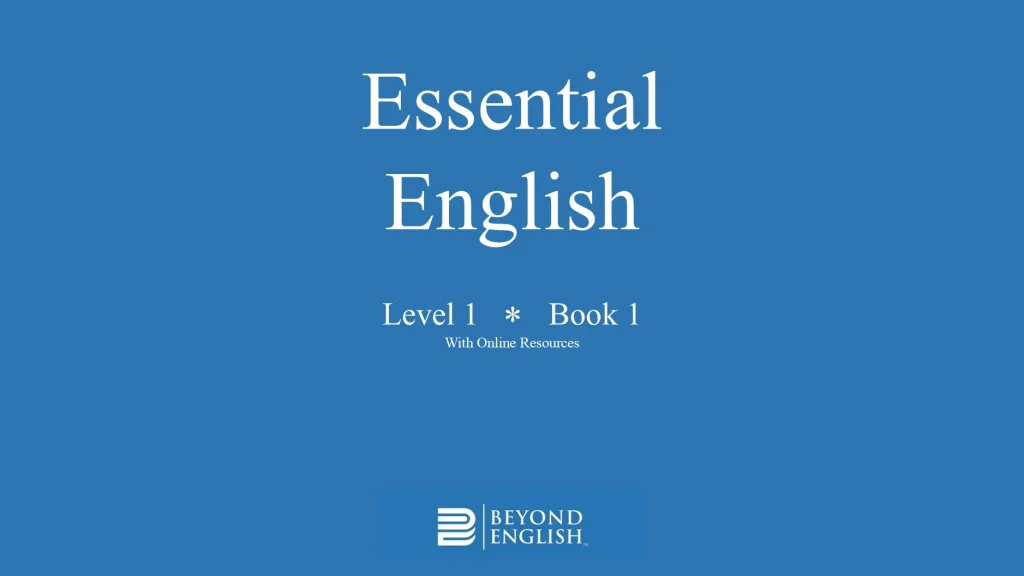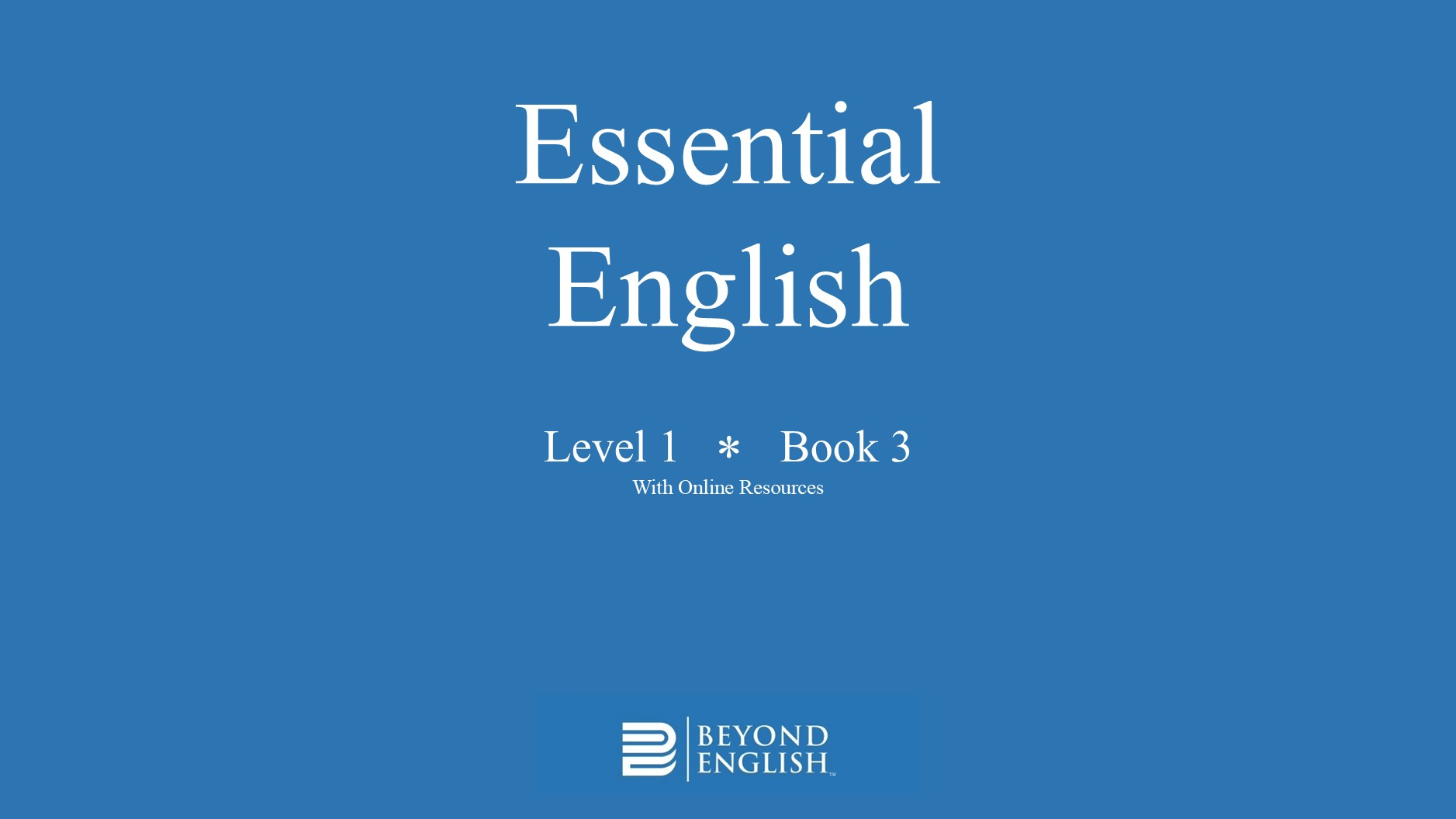Asking Questions in the Simple Past Tense
Have you ever asked someone, “What did you do yesterday?” or “Did you watch that movie?”
These are questions in the simple past! We use them to ask about things that already happened — usually yesterday, last week, or at another time in the past. Before jumping into this lesson, review our guide on asking Yes/No questions in the simple present.
Yes/No Questions in the Simple Past
Did + subject + base form of the verb + other information?
✅ Examples:
Did I pass the grammar test?
Did you watch TV last night?
Did he score a goal yesterday?
Did she call you yesterday?
Did it rain last week?
Did they go to the concert?
Did we have any homework in class this morning?
Did Regina take piano lessons when she was a child?
Did Diego and Frida paint together?
WH- Questions in the Simple Past
When you want more information (not just yes/no), use a Wh- word (who, what, where, when, why, or how) before did.
Wh- Word + did + subject + base form + other information?
✅ Examples:
What did I make on the assignment?
What did you make for dinner last night?
Where did he travel last summer?
Who did she go to the movies with on Saturday?
Why did it take so long to drive to class?
When did they arrive?
When did we start class?
How did you learn English?
Who did Karina meet at the mall?
Why did the dogs bark all night?
Be Verb Questions in the Past (was / were)
With questions in the past with a Be verb, you do not use did. Instead, you use was or were.
Yes/No Questions in the Simple Past
- We use was with the following subjects:
I, He, She, It, and Singular Nouns.
✅ Examples:
Was I your favorite teacher?
Was he your boyfriend in high school?
Was she tired after class?
Was it hot last weekend?
Was Maria in your grammar class?
- We use were with the following subjects:
You, They, We, and Plural Subjects
✅ Examples:
Were you at school yesterday?
Were they in Mexico last weekend?
Were we loud last night?
Were your keys in your coat?
Wh- Questions in the Simple Past
✅ Examples:
Where was I last night?
When was he in your class?
Why was she late to class?
How was it?
How was the food at Taco Bell?
Where were you yesterday?
What were they doing at the park?
What were we studying in the last class?
What were Luis and Karina eating for dinner?
❌ Where did she went?
✅ Where did she go?
❌ Was you happy yesterday?
✅ Were you happy yesterday?
Never say did went or did ate.
Let’s Practice!
Exercise A
Complete each question with the correct word.
Use did, was, or were.
- ______ you go to the store yesterday?
- What ______ you eat for breakfast?
- ______ she call you last night?
- Where ______ they travel last summer?
- ______ you tired after class yesterday?
- When ______ he finish his homework?
- ______ it cold yesterday morning?
- Who ______ you talk to after school?
- ______ your friends play soccer last weekend?
- Why ______ she cry during the movie?
Exercise B
Read each sentence carefully. Find and correct the mistake.
- Did you went to school yesterday?
- Where did she went on vacation?
- Did he studied for the test?
- What did you ate for dinner last night?
- Was you at the party yesterday?
- Did they was late for class?
- Where were she yesterday?
- Did your brother plays soccer last weekend?
- Why did she cryed after the movie?
- Did we are in the same class last year?
Scoring and Feedback
🔵 17 – 20 Correct
Excellent work! 🎉You really understand how to make questions in the simple past. Keep using it in your everyday conversations and writing.
🟢 14 – 16 Correct
Great job! ✅ You have a good understanding of how to make questions in the simple past. Review the ones you missed.
🟡 12 – 13 Correct
Good effort! 💪You’re learning, and that’s what matters. Take a moment to review the examples and do the quiz again.
🔴 0 – 11 Correct
No worries! 🌱 Questions in the simple past can be tricky at first. Go back and review the examples in the lesson.
Remember! Learning a language is not about perfection—it’s about progress.
Asking questions in the simple past helps you connect with people and share experiences.
Practice every day — ask your friends what they did yesterday or where they went last weekend. The more you ask, the more natural your English will sound!

